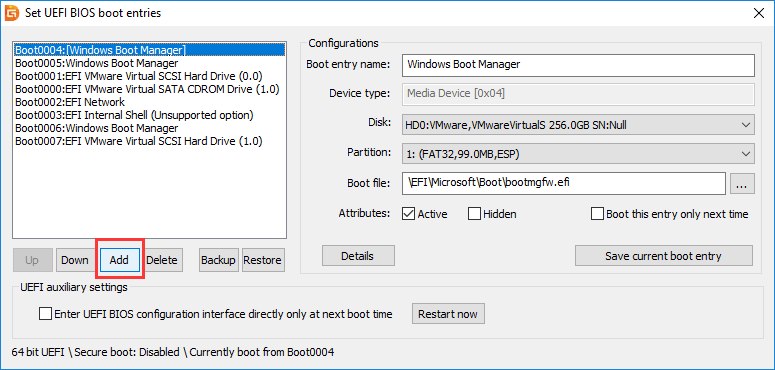ECU Profile Editor With just an internet connection, you can quickly make adjustments from anywhere in the world! The cloud based editor makes it easy to customize profiles and share them with users for instant and automatic updates. ELECTRONIC FILE MANAGEMENT MAIN PAGE¶. The Electronic File Interchange (EFI) enables organizations that are approved by CMS as an EFI Organization (EFIO) to submit provider NPI applications and update NPI data electronically to NPPES, with minimal manual intervention. UEFI can run in 32-bit or 64-bit mode and has more addressable address space than BIOS, which means your boot process is faster. It also means that UEFI setup screens can be slicker than BIOS settings screens, including graphics and mouse cursor support. However, this isn’t mandatory. It supports full BIOS image parsing including the flash descriptor or any binary files containing UEFI volumes; it is compatible with multiple BIOS image types, including ROM, BIN, FD, CAP, BIO, WPH, and EFI, all of which will be conveniently loaded and displayed alongside pertinent details including name, type/subtype, and text for example.
See end of post for an important update
UEFI firmware has a concept of persistent variables. They are used to control the boot order amongst other things. They are stored in non-volatile RAM on the system board, or for virtual machines in a host file.

When a UEFI machine is running you can edit these variables using various tools, such as Peter Jones’s efivar library, or the efibootmgr program.
These programs don’t actually edit the varstore directly. They access the kernel /sys/firmware/efi interface, but even the kernel doesn’t edit the varstore. It just redirects to the UEFI runtime “Variable Services”, so what is really running is UEFI code (possibly proprietary, but more usually from the open source TianoCore project).
So how can you edit varstores offline? The NVRAM file format is peculiar to say the least, and the only real specification is the code that writes it from Tianocore. So somehow you must reuse that code. To make it more complicated, the varstore NVRAM format is tied to the specific firmware that uses it, so varstores used on aarch64 aren’t compatible with those on x86-64, nor are SecureBoot varstores compatible with normal ones.
virt-efivars is an attempt to do that. It’s rather “meta”. You write a small editor program (an example is included), and virt-efivars compiles it into a tiny appliance. You then boot the appliance using qemu + UEFI firmware + varstore combination, the editor program runs and edits the varstore, using the UEFI code.

It works .. at least on aarch64 which is the only convenient machine I have that has virtualized UEFI.
Git repo: http://git.annexia.org/?p=virt-efivars.git;a=summary
Update:
After studying this problem some more, Laszlo Ersek came up with a different and better plan:
- Boot qemu with only the OVMF code & varstore attached. No OS or appliance.
- This should drop you into a UEFI shell which is accessible over qemu’s serial port.
- Send appropriate
setvarcommands to update the variables. Usingexpectthis should be automatable.
JavaScript must be enabled in order to use this site.
Efi Profile Editor Download
Please enable JavaScript in your browser and refresh the page.
Windows 10 Efi Editor
In Job Editor, you can override any default setting from the workflow, including color management, scaling, cropping, print settings, job rotatation, and job realignment.

You can open Job Editor by double-clicking a job in Job Center.
- Sidebar: displays button navigation for the following tabs: File, Layout, Finishing, Color, Printer, Verify. Each tab is divided into panels, which you can expand to show the content, or collapse to hide the content.
- Panels: display job settings. Some panels have a check box in the panel header bar, which you must select to make the settings available.
- Preview window: Displays the work area for job editing.
- Toolbar: contains tools and settings for editing a selected job, nesting, step and repeat, or tiling.
- Scrollbar: allows you to scroll a page at a time through multipage jobs.
- Zoom: scales the job preview in relation to the preview window.
Now watch the video here.